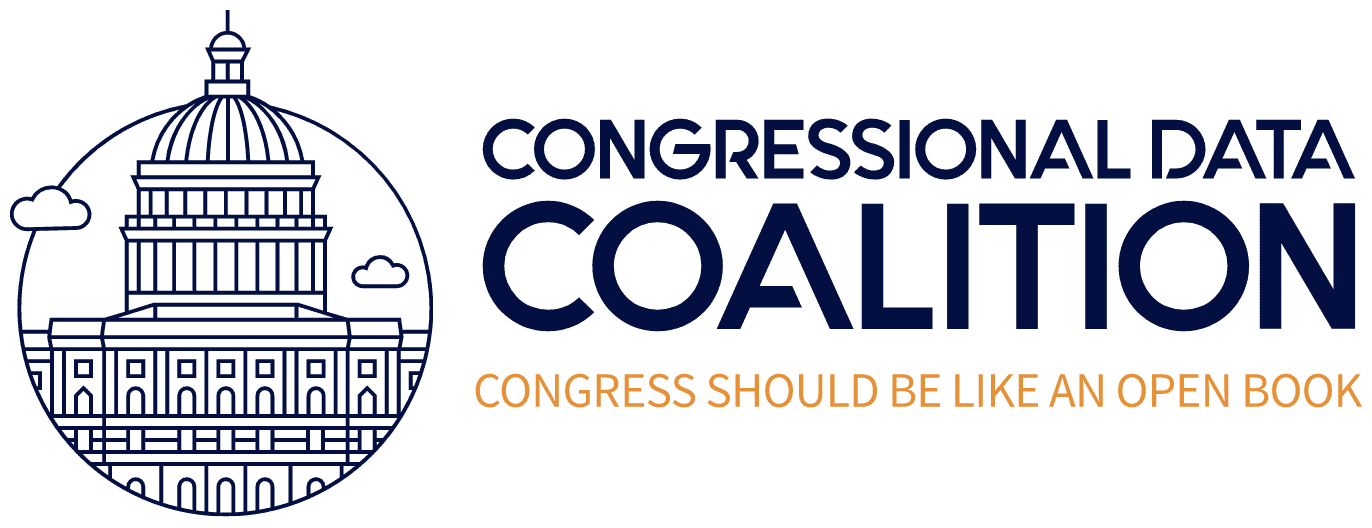Did you know the Congressional Research Service has published reports on the federal defense budget, Supplemental Nutrition Assistance Program (food stamp) benefits, changes to hemp-growing restrictions and porcine epidemic diarrhea virus? Now you do, thanks to the R Street Institute’s Governance Project.
Using the Scribd digital library service, we have published 20 years of CRS annual reports online, including lists of the reports published by the agency. The report lists are available for viewing and downloading here.Continue Reading
